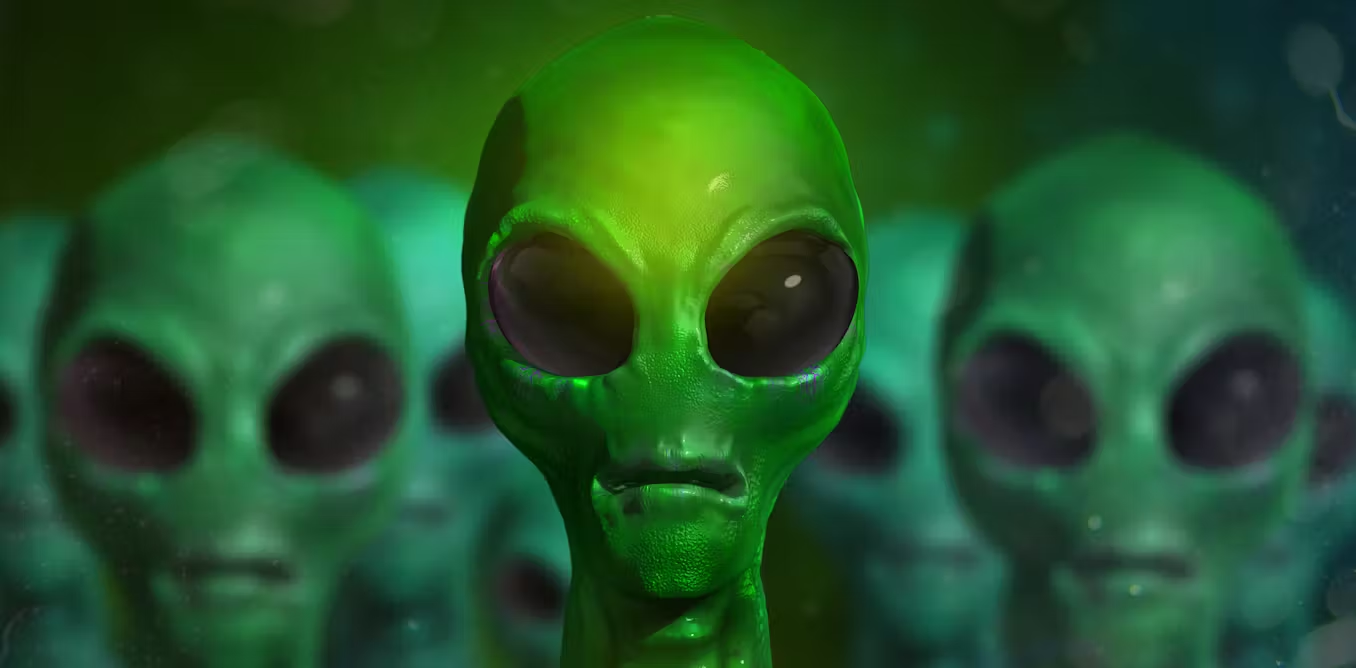Continua após a publicidade
Greetings, dedicated reader. I am Ana Lúcia, a seasoned scientist with a doctorate in Biotechnology and an insatiable curiosity that has driven me to explore the most enigmatic corners of science. Throughout my 15 years in the academic and technical writing industry, I have consistently strived to deliver articles that are not just detailed and well-referenced, but also digestible and engaging. As we delve into the complex concept of the multiverse theory, I assure you that this journey will be both enlightening and thought-provoking.
The reality we exist in – is it unique or just one of an innumerable set of parallel universes? This question, which weaves together the fabrics of philosophy, metaphysics, and quantum physics, has fascinated humankind for centuries. And this brings us to the main focus of our exploration – the multiverse theory.
Continua após a publicidade
Renowned physicists like Hugh Everett, Andrei Linde, and Max Tegmark have significantly contributed to the development of this theory. Their work and the questions they’ve raised have not only reshaped our understanding of the cosmos but also challenged the very notion of reality. Could there be multiple versions of you, living out their lives in different realities, oblivious to each other’s existence?
In this article, we’ll be embarking on a journey that traverses the labyrinth of the multiverse theory. We’ll explore the implications, dissect the criticisms, and attempt to uncover whether we exist in a solitary universe or a complex multiverse. Strap yourself in for a journey into the unknown, where reality may not be as singular as we’ve always believed.
Continua após a publicidade
Imagine a cosmos teeming with countless universes, each unique, yet interconnected. This concept isn’t just a staple of science fiction, but a serious proposition within the scientific community. Known as the ‘multiverse theory’, it suggests that our universe is just one of an infinite number of realities. Does this blow your mind? It should, and it also may change the way you perceive your very existence.
What Exactly Is The Multiverse Theory?
The multiverse theory proposes that there isn’t a single universe – a lone cosmic arena where everything happens. Instead, it suggests our universe is but one among potentially infinite others. While the concept might sound far-fetched, it’s actually a byproduct of certain interpretations of quantum mechanics and string theory.
According to quantum mechanics, particles exist in a state of probability. They can be in multiple places at once, only settling into a definite position when observed. This gave rise to the idea of quantum superposition, and, by extension, the thought experiment known as Schrödinger’s cat. This fabled feline in a box is both alive and dead until someone checks, at which point the superposition collapses into one state or another.
So, How Does This Relate to The Multiverse?
Well, an extension of this thought experiment is the “many-worlds interpretation.” It proposes that rather than collapsing into one reality, each possibility branches off into a new universe. In other words, for every possible outcome of any event, there’s a separate universe. This means there could be a universe where you’re an astronaut, a rock star, or even a different species. Fascinating, isn’t it?
String Theory and The Multiverse

Another theory that has given credence to the idea of a multiverse is string theory. In a nutshell, this concept suggests that everything in the universe, from galaxies to you and me, is composed of one-dimensional strings rather than point-like particles.
String theory requires the existence of extra dimensions – up to 11 total, according to some versions. Some theorists propose that these additional dimensions might accommodate other universes, each with different laws of physics. So, not only could there be a vast number of universes, but they could all operate in radically different ways.
Is There Any Evidence?
The concept of a multiverse is certainly fascinating, but is it anything more than pure speculation? While we can’t (yet) hop in a spaceship and go visit these other universes, some physicists argue there are clues in our own universe that suggest the presence of others.
For instance, in the aftermath of the Big Bang, space expanded faster than the speed of light. This phenomenon, known as cosmic inflation, could have given rise to “bubble universes.” As our universe expanded, it might have created bubbles of space-time that pinched off to form other universes.
Endless Possibilities
If the multiverse theory is true, the implications are staggering. Consider the following possibilities:
- We might not be alone. With countless universes out there, the chances of other life forms existing are pretty high.
- Each universe might have different physical laws. Imagine a universe where the speed of light isn’t a limit, but a starting point.
- There could be perfect copies of you living out entirely different lives in other universes.
It’s important to note that these are all hypotheticals. The multiverse theory is still just that – a theory. But it’s a tantalizing one that challenges our perception of reality and our place within it. So, what do you think? Are we living in just one reality or are we part of an infinite multiverse?
Conclusão
In conclusion, the Multiverse Theory: Are We Living in Just One Reality? presents a fascinating and potentially paradigm-shifting viewpoint on the nature of our existence. It challenges our perceived understanding of reality, proposing that we might just be part of a much grander, infinite collection of universes. The potential implications of this theory are profound and far-reaching, extending to various fields such as cosmology, physics, and even philosophy.
It is crucial to understand, however, that this is still a theory—an exciting, captivating one, but a theory nonetheless. It calls for rigorous scientific exploration and testing. In the realm of science, ideas, no matter how intriguing, must be backed by empirical evidence. It’s a rigorous process of question, investigation, and validation that makes the field incredibly dynamic.
On a broader perspective, this theory encourages us to ponder the boundless possibilities of our existence. Could there be other versions of ourselves living in different realities? What could these universes look like? Are the laws of physics as we know them still applicable in these other realms? While these questions might not have concrete answers at present, they offer fascinating food for thought.
As readers, your engagement with this topic is invaluable. Your curiosity, your willingness to question, and your thirst for knowledge are what drive scientific progress. The exploration of such theories, after all, is not just the domain of scientists. It’s a collective human endeavor, and each of us, in our way, contributes to it.
It’s always exciting to explore the frontiers of human knowledge and the Multiverse Theory is undeniably one such frontier. As we continue to unravel the mysteries of the universe (or should we say, multiverse?), we invite you to stay engaged, stay curious, and join us on this thrilling journey of discovery. For who knows? The next groundbreaking revelation might just be around the corner.
Remember, in the grand cosmic scheme of things, our understanding of the universe is still in its infancy. There’s so much more to discover, to explore, and to understand. So let’s keep asking, keep exploring, and keep pushing the boundaries of our knowledge. Because as the Multiverse Theory suggests, the possibilities could be—quite literally—infinite.
Thank you for your time, your interest, and your engagement. The journey of discovery is so much more enriching when we embark on it together. So, are you ready to explore the infinite?




